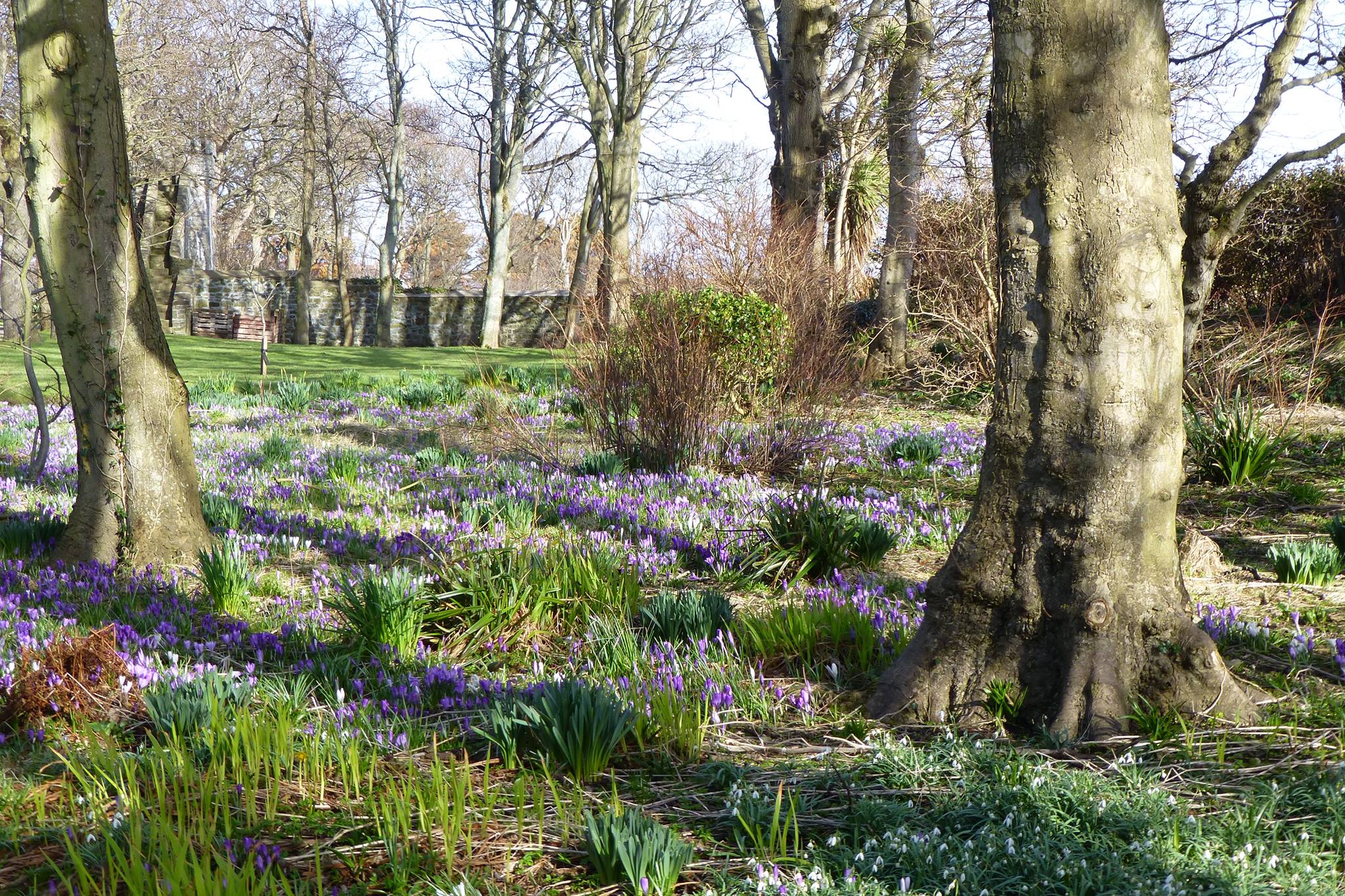I have mentioned in previous blog posts that until recently I was a tree officer at DEFA. That meant that every year I reviewed hundreds of applications to undertake tree work. Since I have been working for Manx Roots I have helped quite a few people with their tree applications, which means I have now seen the process from both sides. Most people don’t like filling in forms. This is usually because they either can’t be bothered with the hassle or aren’t sure of the answers they’re supposed to give. Regarding the former, DEFA have tried to make the process as simple as possible. You can now apply online, which means you can apply from your mobile phone whilst waiting for a bus! When it comes to knowing the answers to give, this is where I thought I may be able to offer some advice. If you can explain clearly and concisely what you want to do, why you want to do it, and provide the right supplementary information, your application is more likely to be processed in good time and is more likely to be approved.

Your first port of call should be DEFA’s guidance notes which contain lots of useful information, but here are some additional tips.
Empathy is the capacity to understand or feel what another person is experiencing from within their frame of reference, that is, the capacity to place oneself in another’s position. By understanding what the relevant legislation (Tree Preservation Act 1993) is trying to achieve, and by definition, DEFA and its tree officers, you will be better placed to make your application. So, keep in mind that legislation exists to preserve the amenity value provided by trees. The tree officer’s assessment weighs up the amenity value of tree against all your reasons for wanting to remove it.

Since the reasons for removal are so important, take the time to communicate your concerns clearly. For example, I commonly see and hear people saying, ‘that tree is too big’. If there is a rule about how big trees are allowed to be, I wish someone would tell me what it is! What you need to communicate is the problem the tree’s height (or spread) is causing, and who it’s causing a problem to. What people usually mean is ‘the canopy of the tree is casting an unreasonable amount of shade over my garden’, or ‘the tree is overbearing and is causing me significant apprehension due to its size in relation to my house’. Imagine there is an annoying child sat next to you whilst you’re completing your application who is tapping you on the shoulder asking why? Why? Yeah, but why? Drilling down into the reasons for removal will help the tree officer better understand your complaint.
It is important that tree officers properly understand the reasons for removal, but also that they can, where required, validate the reasons for removal. Statements such as ‘the tree is unsafe’, ‘the tree is damaging the drains’, or ‘the tree is causing structural damage to my property’ need to be verified; tree officers can’t just accept the applicant’s word for it. Consider how you can provide evidence to support your argument. For example, if you believe a tree is unsafe because of an obvious defect, try taking photos of the defect and taking detailed measurements; if the tree is damaging drains or causing structural damage, include details of surveys undertaken by relevant technical specialists.
As well as being an effective means of providing evidence of defects, photos are also useful for showing the tree in its context. Remembering that ‘amenity’ value is the most important factor in the tree officer’s assessment, photos can also be used to show the various public and private viewpoints of the tree. If the tree officer can assess the following attributes of the tree from your photos, it is very likely that your application will be assessed without a site visit, and will therefore be processed much more quickly:
- The size of the tree
- The importance of the tree in the local landscape and/or street scene
- The suitability of the tree to its setting
- The aesthetic form of the tree
So, as well as taking the obvious ‘photo of the tree’, try taking a little walk down the road and taking a photo of looking back at the tree in the wider landscape. If you walk 50 metres down the road and can’t see the tree, take the photo anyway and explain that’s the case. Remember though, that you will also need to accurately describe where you took the photo from.
If you’re able to, annotating the photos in free ‘paint’ or photo editing software can also be really helpful, especially if there are other trees in the visual field and it’s difficult to tell which one you’re talking about.
The more information you can provide by doing these things, the more likely it is that your application will be processed in good time and be approved.




You must be logged in to post a comment.